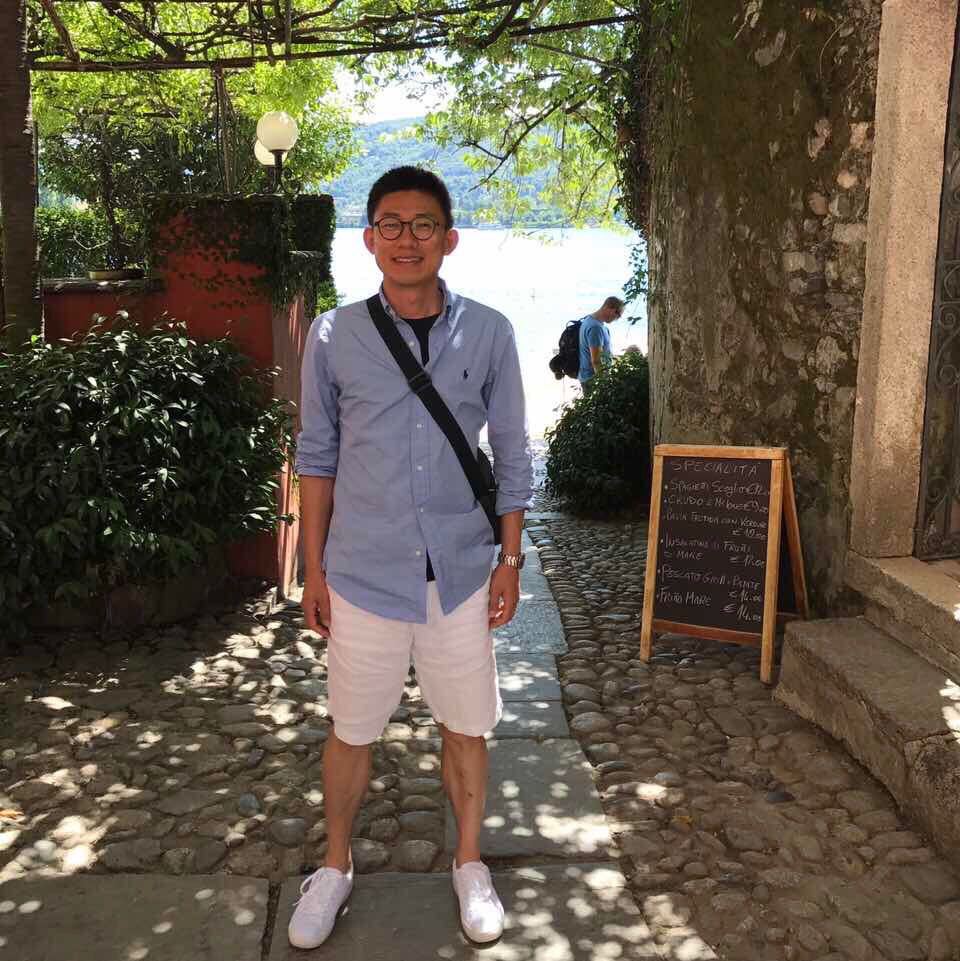金彪:特任研究员,兼任中国科学院大学岗位教授。本科毕业于武汉大学水文水资源工程专业, 硕士、博士均毕业于德国图宾根大学 (Eberhard-Karls University of Tuebingen) 水文地球化学专业。
研究领域:研究方向为有机污染物的环境地球化学与单体稳定同位素示踪技术。研究内容包括,新污染物的水环境行为; 卤代有机污染物的单体稳定同位素分析技术与应用 (compound specific isotope analysis, CSIA)。
代表论著:
水体新污染物:
- Liu, S.; Jin, Biao; Arp, H. P. H.; Chen, W.; Liu, Y.; Zhang, G., The Fate and Transport of Chlorinated Polyfluorinated Ether Sulfonates and Other PFAS through Industrial Wastewater Treatment Facilities in China. Environmental Science & Technology 2022, 56, (5), 3002-3010.
- Jin, Biao; Han, M.; Huang, C.; Arp, H. P. H.; Zhang, G., Towards improved characterization of the fate and impact of hydraulic fracturing chemicals to better secure regional water quality. Environmental Science: Processes & Impacts 2022, 24, (4), 497-503.
- Huang, C., Jin, Biao, Han, M., Yu, Y., Zhang, G. and Arp, H.P.H. The distribution of persistent, mobile and toxic (PMT) pharmaceuticals and personal care products monitored across Chinese water resources. Journal of Hazardous Materials Letters, 2021, 100026.
- Xu, W.; Zou, R.; Jin, Biao; Zhang, G.; Su, Y.; Zhang, Y., The ins and outs of pharmaceutical wastewater treatment by microbial electrochemical technologies. Sustainable Horizons 2021, 100003.
- Jin Biao; Huang C.; Yu Y.; Zhang G.; Arp H. P. H.*, The Need to Adopt an International PMT Strategy to Protect Drinking Water Resources. Environmental Science & Technology 2020,54(19), 11651-11653.
- Liu Y.; Mekic M.; Carena L.; Vione D.; Gligorovski S.; Zhang G.; Jin Biao, Tracking photodegradation products and bond-cleavage reaction pathways of triclosan using ultra-high resolution mass spectrometry and stable carbon isotope analysis. Environmental pollution 2020, 264, 114673-114673.
- Chen, W., Chen, Y., Huang, H., Lu, Y., Khorram, M.S., Zhao, W., Wang, D., Qi, S., Jin Biao. and Zhang, G. Occurrence of N-Nitrosamines in the Pearl River delta of China: Characterization and evaluation of different sources. Water Research 2019,164, 114896.
单体稳定同位素示踪:
- Liu, Y., Liu, S., Wang, Q., Gligorovski, S., Zhang, G. and Jin, Biao Stable chlorine isotope analysis of triclosan using GC-qMS: Method development and applications. Applied Geochemistry 2021, 129, 104961.
- Jin Biao, Zhang, J., Xu, W., Rolle, M., Liu, J. and Zhang, G. Simultaneous determination of stable chlorine and bromine isotopic ratios for bromochlorinated trihalomethanes using GC-qMS. Chemosphere 2020,264, 128529.
- Jin Biao, Ivonne Nijenhuis, Rolle Massimo, Simulation of dual carbon–bromine stable isotope fractionation during 1,2-dibromoethane degradation. Isotopes in Environmental & Health Studies, 2018,418-434.
- Jin Biao; Rolle, M., Joint interpretation of enantiomer and stable isotope fractionation for chiral pesticides degradation. Water Research 2016, 105, 178-186.
- Jin Biao; Rolle, M., Position-specific isotope modeling of organic micropollutants transformation through different reaction pathways. Environmental Pollution 2016, 210, 94-103.
- Jin Biao; Haderlein, S.B.; Li, T.; Rolle, M., Diffusive fractionation of BTEX and chlorinated ethenes in aqueous solution: Quantification of spatial isotope gradients. Environmental Science & Technology 2014, 48, 6141–6150.
- Jin Biao; Rolle, M., Mechanistic Approach to Multi-Element Isotope Modeling of Organic Contaminant Degradation. Chemosphere 2014, 95, 131-139.
- Jin Biao; Haderlein, S.B.; Rolle, M., Integrated carbon and chlorine isotope modeling: applications to chlorinated aliphatic hydrocarbons dechlorination. Environmental Science & Technology 2013, 47, 1443-1451.
- Jin Biao; Laskov, C.; Rolle, M.; Haderlein, S. B., Chlorine Isotope Analysis of Organic Contaminants Using GC-qMS: Method Optimization and Comparison of Different Evaluation Schemes. Environmental Science & Technology 2011, 45, (12), 5279-5286.

